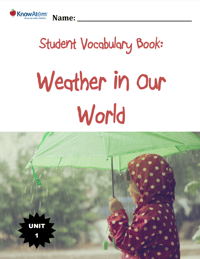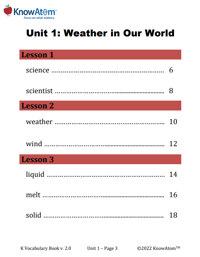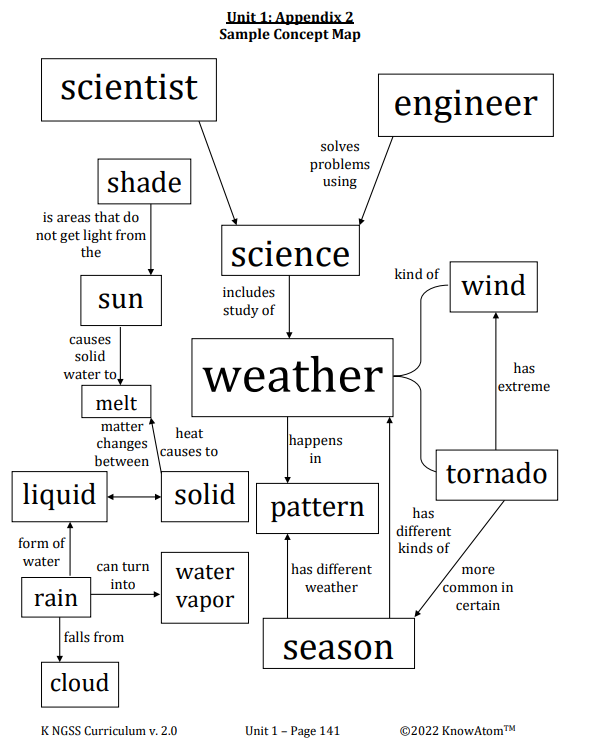In this lesson students construct a model for how water moves around the planet through the water cycle, which is the movement of water around Earth as it changes from a solid to a liquid or gas and back. Students construct their understanding of the water cycle by engaging in circle time reading and learning a water cycle song. Students then engage in a group discussion and build their own models of the water cycle to unpack their understanding of how the water cycle is a continuous process on our planet. They will carry this understanding forward as they engage with phenomena hands-on as scientists and engineers in future lessons.







